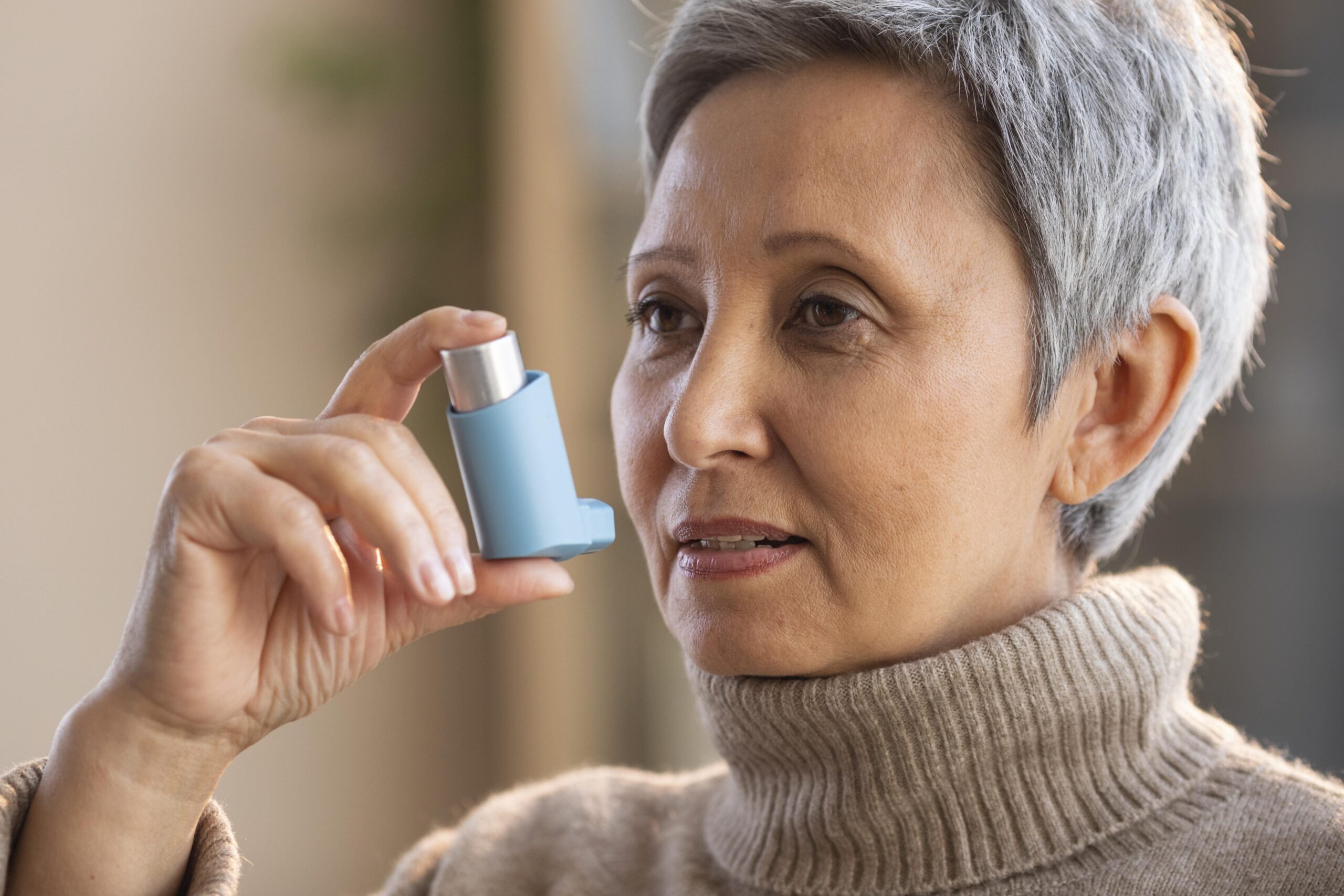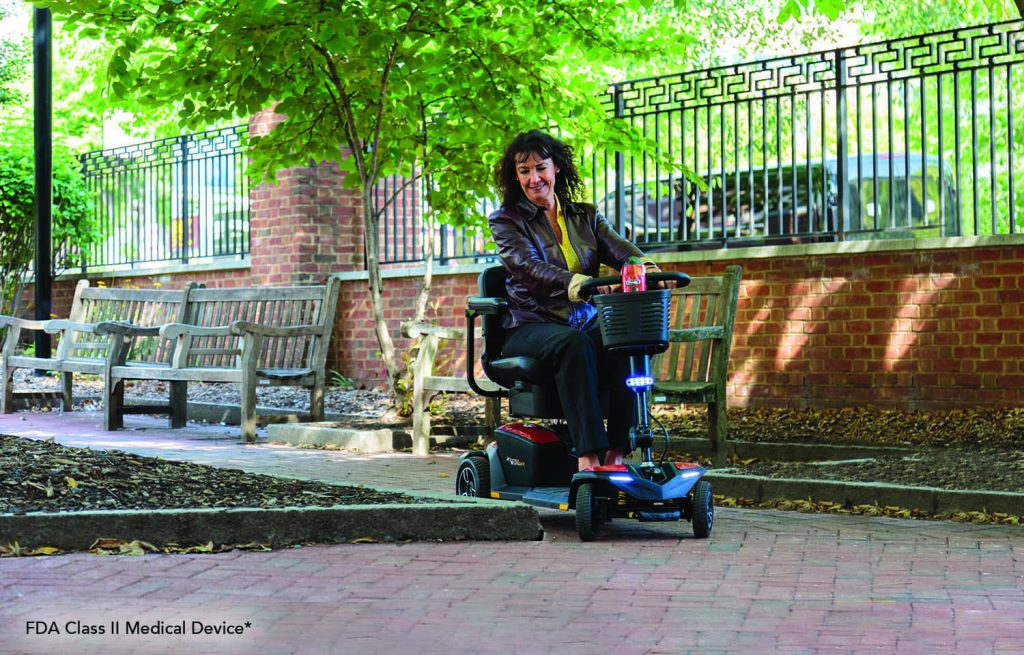When managing respiratory conditions like asthma, COPD, or bronchitis, choosing the right device to deliver your medication is crucial. Two common options are nebulizers and inhalers. Both are effective, but their suitability depends on your condition, lifestyle, and preferences. As a respiratory therapist, I’ve helped many patients decide which device works best for their needs. In this guide, I’ll compare nebulizers and inhalers to help you make an informed choice.
What is a Nebulizer?
A nebulizer is a device that turns liquid medication into a mist, making it easier to inhale deeply into the lungs. It’s often used for patients who have difficulty using inhalers or need larger doses of medication.
How a Nebulizer Works:
- Components: Nebulizers consist of a compressor (or battery-powered base), a medication cup, tubing, and a mouthpiece or mask.
- Process: The compressor pushes air through the liquid medication, converting it into a fine mist that you inhale.
Common Uses of Nebulizers:
-
Managing severe asthma or COPD.
- Delivering medication to very young children or older adults who may struggle with inhaler techniques.
- Providing treatments for cystic fibrosis or chronic bronchitis.
What is an Inhaler?
An inhaler is a handheld device that delivers a pre-measured dose of medication directly to your lungs. Inhalers are portable, quick, and widely used for treating asthma and other respiratory conditions.
Types of Inhalers:
- Metered-Dose Inhaler (MDI): Uses a pressurized canister to release a specific dose of medication as you inhale.
- Dry Powder Inhaler (DPI): Requires you to take a deep breath to activate the release of powdered medication.
Common Uses of Inhalers:
- Managing mild to moderate asthma.
- Treating COPD with maintenance medications.
- Providing rescue medication during sudden asthma attacks.
Key Differences Between Nebulizers and Inhalers
| Feature | Nebulizer | Inhaler |
| Ease of Use | Ideal for patients who can’t manage inhaler techniques (e.g., children, elderly). | Requires proper technique for effectiveness. |
| Portability | Bulky and less portable; requires power source. | Compact and easy to carry anywhere. |
| Time to Use | Takes 10-15 minutes per treatment. | Delivers medication in seconds. |
| Medication Delivery | Converts liquid medication to mist for inhalation. | Directly delivers a pre-measured dose. |
| Cost | Higher upfront cost for the device. | Typically less expensive and widely available. |
Factors to Consider When Choosing Between a Nebulizer and an Inhaler
1. Age and Physical Ability
-
Nebulizer: Ideal for young children, older adults, or patients with conditions like arthritis who may struggle to operate an inhaler.
- Inhaler: Requires coordination to press the inhaler and inhale simultaneously, which may not be suitable for all patients.
2. Severity of Condition
- Nebulizer: Better for severe or chronic conditions requiring larger doses of medication or long-term treatments.
- Inhaler: Effective for managing mild to moderate symptoms or for quick relief during an asthma attack.
3. Lifestyle and Convenience
- Nebulizer: Best for at-home use due to its size and need for a power source.
- Inhaler: Portable and convenient for on-the-go use, making it a better fit for active lifestyles.
4. Time Commitment
- Nebulizer: Treatments take longer (10-15 minutes per session), which might not fit into a busy schedule.
- Inhaler: Quick and efficient, delivering medication in seconds.
Pros and Cons of Nebulizers
Pros:
- Easy to use for all ages, especially children and elderly.
- Effective for delivering larger doses of medication.
- No need for precise timing or inhalation technique.
Cons:
- Bulky and less portable.
- Requires electricity or batteries to operate.
- Cleaning and maintenance are necessary to prevent infection.
Pros and Cons of Inhalers
Pros:
- Small, lightweight, and portable.
- Quick delivery of medication.
- Lower upfront cost compared to nebulizers.
Cons:
- Requires proper technique for effective use.
- Not suitable for very young children or those with difficulty inhaling deeply.
- May not deliver sufficient doses for severe conditions.
Tips for Deciding Which is Right for You
- Consult Your Doctor: Your healthcare provider will recommend the best device based on your condition, medication needs, and lifestyle.
- Consider a Spacer: If using an inhaler, adding a spacer can make it easier to inhale medication properly, especially for children or those with limited coordination.
- Evaluate Your Routine: If you’re often on the go, an inhaler may be more practical. For home use and intensive treatments, a nebulizer may be more effective.
- Trial Period: If possible, try both devices to see which feels more comfortable and manageable for you.
FAQs
1. Can I switch between a nebulizer and an inhaler?
Yes, but only under your doctor’s guidance. Some medications are designed for specific devices and may not work properly if switched.
2. Is one device more effective than the other?
Both are effective when used correctly. The choice depends on your condition, medication needs, and ability to use the device.
3. How often should I clean my nebulizer?
Clean your nebulizer after each use to prevent bacteria buildup. Disinfect it at least once a week.
4. Are there portable nebulizers available?
Yes, battery-operated portable nebulizers are available, though they are still bulkier than inhalers.
5. Can children use inhalers?
Yes, but young children often require a spacer or mask to use inhalers effectively. Nebulizers are often preferred for very young children.
Conclusion: Making the Right Choice
Choosing between a nebulizer and an inhaler depends on your individual needs, lifestyle, and medical condition. Both devices are effective when used correctly, so it’s essential to work closely with your healthcare provider to determine which option is best for you. Whether you’re managing mild asthma or a chronic respiratory condition, the right device can make a significant difference in your quality of life.






